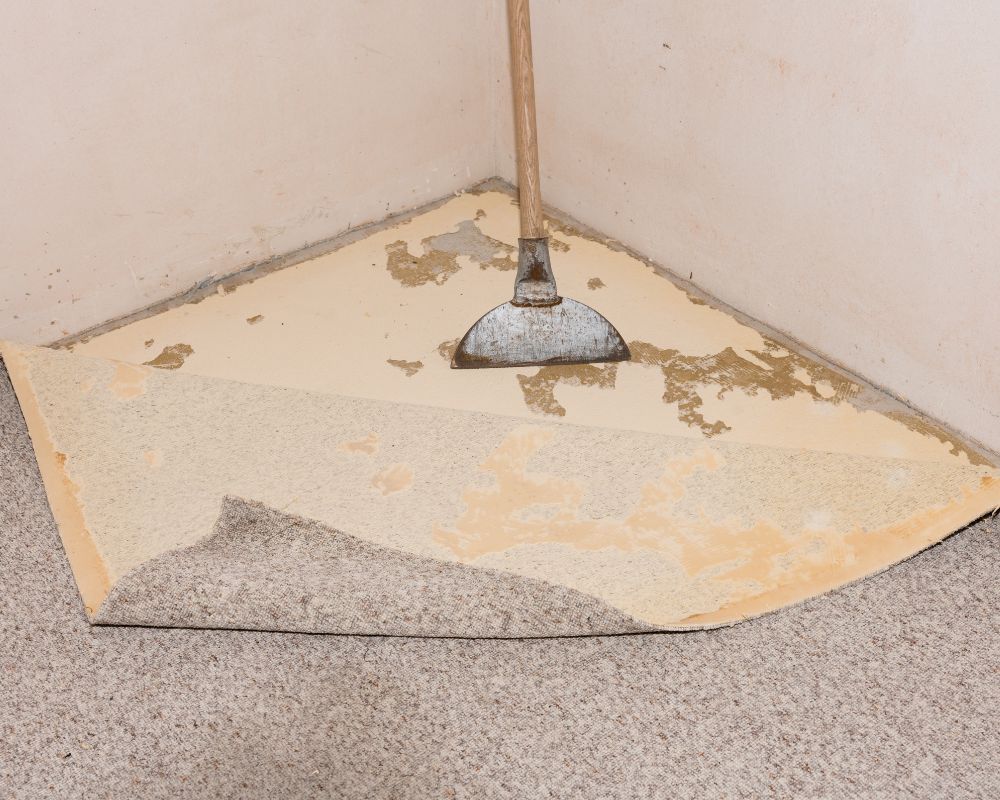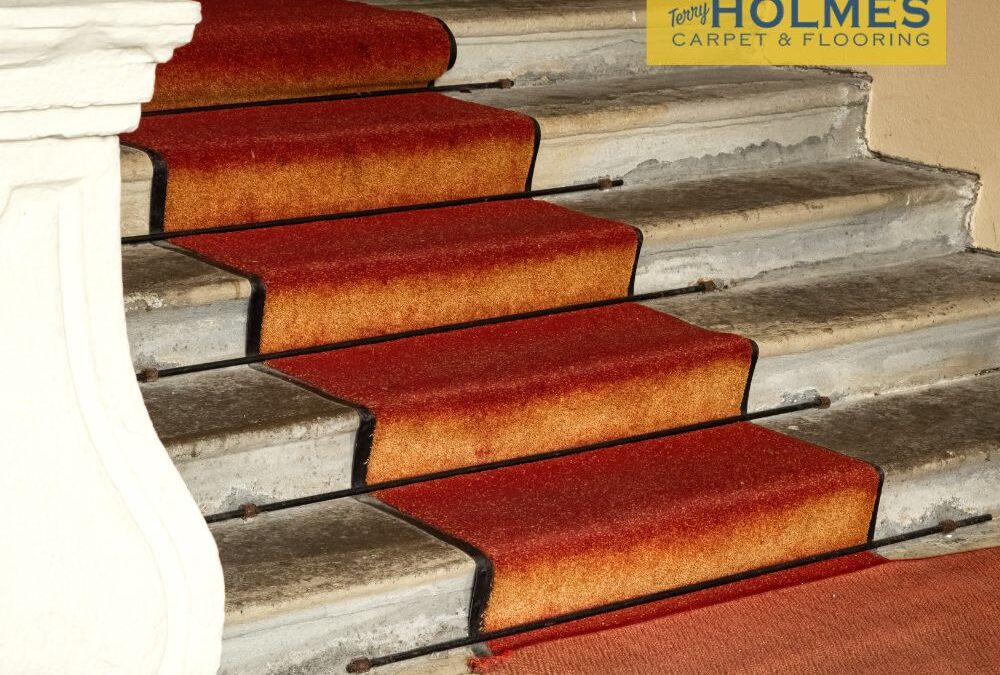If you have recently removed carpet from a concrete floor, you may be feeling overwhelmed—not to mention the amount of dust that’s everywhere! But don’t worry. With some know-how and elbow grease, you can get your concrete floors cleaned up and looking good as new. Here’s what you need to know about cleaning your concrete floors after removing carpet.
Sweep Up the Dust
The first step is to sweep all of the dust and debris from around the room in order to clear it out of the way. You should also use a shop vac or wet/dry vacuum to remove any remaining dirt and dust particles from deeper crevices or cracks in the concrete. This will help ensure that no dirt is left behind when you begin scrubbing your floors.
Dealing With Carpet Glue
Have you ever had to remove carpet glue from a concrete floor? If so, you know it’s not an easy task. You could try to scrape it off with a putty knife or with a wire brush, but that can be very time-consuming and tedious. Instead, you can use muriatic acid to remove the glue quickly and effectively. Let’s take a look at how this method works and why it’s so effective.

What is muriatic acid? Muriatic acid is a solution of acid commonly used by professional cleaners. It’s usually sold in concentrations ranging from 10% to 40%. It’s commonly used for cleaning bricks, concrete, masonry, and other surfaces around the home. It’s also used by some homeowners as a means of removing stubborn carpet glue from their concrete floors.
How does it work? When muriatic acid comes into contact with the carpet glue on the floor, it will break down the adhesive bonds between the glue and the concrete surface. This makes it easier to scrape away the softened carpet glue residue. Be sure to wear protective gear when using this method – safety goggles, gloves, long sleeves and pants – as muriatic acid can cause serious injury if handled improperly.
When should I use muriatic acid? Muriatic acid should only be used if all other methods have failed or if you are dealing with an especially stubborn patch of carpet glue that won’t come off easily by scraping or brushing alone. For example, if you have tried using hot water and detergent but still haven’t been able to get rid of all of the carpet glue residue on your concrete floor then muriatic acid may be your best option for removing it completely.
Apply a Cleaning Agent
After sweeping, vacuuming, and dealing with any leftover glue it’s time to apply a cleaning agent specifically designed for concrete surfaces. Start by mopping the entire area with a solution of water and dish soap or bleach, depending on how dirty the floor is. Make sure to rinse off any soapy residue with clean water once you’re finished mopping. Next, apply an appropriate cleaner meant for concrete as per manufacturer instructions and let it sit for 10-15 minutes before scrubbing with a nylon brush or sponge mop and rinsing away the excess cleaner residue with clean water.
Seal Your Floors
Once your floors are completely dry, apply two coats of sealant meant for concrete surfaces in order to protect them from wear-and-tear over time. Make sure that each coat has had at least 24 hours to dry before applying another one; otherwise, it won’t properly adhere to the surface of your floors. When applying sealant, use a paint roller with an extension handle for best results; this ensures that each coat is evenly applied across the entire floor surface area without leaving any splotches or missed areas behind.
Cleaning up your newly exposed concrete floor after removing carpet can seem like quite a daunting task—but it doesn’t have to be! With these easy steps, you can have your floors looking good as new in no time at all! So grab some supplies, roll up your sleeves—and get ready for action! Good luck!

